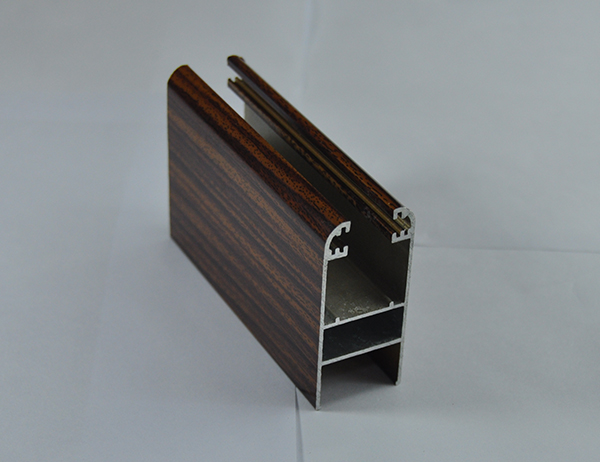Aluminum window profiles have become a staple in modern architectural design, offering a blend of durability, versatility, and aesthetic appeal. These profiles are renowned for their strength, lightweight nature, and resistance to corrosion, making them ideal for a wide range of applications. Architects and designers often turn to aluminum window profiles to achieve sleek, contemporary looks while ensuring long-term performance and sustainability.
Durability and Strength
One of the key advantages of aluminum window profiles is their exceptional durability. Aluminum is a robust material that can withstand harsh weather conditions, including rain, wind, and extreme temperatures, without corroding or deteriorating. This durability makes aluminum window profiles an excellent choice for both residential and commercial buildings, where longevity is a crucial consideration.
Aluminum's strength also allows for the creation of slim, elegant window frames that maximize the glass area. This design feature not only enhances the aesthetic appeal of a building but also allows for more natural light to enter the interior space, creating a bright and inviting environment.
Aesthetic Appeal
In addition to their durability, aluminum window profiles are favored for their aesthetic appeal. The sleek, modern look of aluminum complements contemporary architectural styles, making them a popular choice for new construction and renovations. Aluminum window profiles can be customized in various colors and finishes to suit the design aesthetic of a building, whether it's a residential home, office building, or commercial complex.
The versatility of aluminum allows for the creation of a wide range of window styles, including casement, sliding, and tilt-and-turn windows. This flexibility in design makes aluminum window profiles suitable for virtually any architectural concept, from minimalist designs to more intricate and ornate styles.
Sustainability
Aluminum window profiles are also highly sustainable, making them an environmentally friendly choice for architectural projects. Aluminum is a recyclable material, which means that old window frames can be recycled and used to create new ones, reducing the demand for virgin aluminum. Additionally, the energy efficiency of aluminum window profiles can help reduce the overall carbon footprint of a building by minimizing the need for heating, cooling, and artificial lighting.
Thermal Performance
While aluminum is an excellent conductor of heat and cold, advancements in window technology have led to the development of thermal break aluminum window profiles. These profiles feature a layer of insulating material between the inner and outer frames, which helps reduce heat transfer and improve the window's overall thermal performance. Thermal break aluminum window profiles are particularly beneficial in regions with extreme weather conditions, where energy efficiency is a top priority.
Maintenance
Another advantage of aluminum window profiles is their low maintenance requirements. Aluminum is resistant to rust and corrosion, so the frames will not degrade over time. Additionally, aluminum window frames can be easily cleaned with a mild detergent and water, making them a practical choice for busy homeowners and commercial property managers.
Customization Options
Aluminum window profiles offer a wide range of customization options, allowing architects and designers to create unique and innovative window designs. From custom colors and finishes to unique shapes and sizes, aluminum window profiles can be tailored to meet the specific requirements of any architectural project. This flexibility in design allows for the creation of striking visual effects, such as floor-to-ceiling windows, curved window walls, and large, panoramic windows.
Conclusion
Aluminum window profiles offer a winning combination of durability, aesthetics, and sustainability, making them a popular choice for architectural projects around the world. Whether used in residential homes, office buildings, or commercial complexes, Gold Apple aluminum window profiles can enhance the visual appeal of a building while ensuring long-term performance and energy efficiency. As architectural design continues to evolve, aluminum window profiles are expected to remain a top choice for discerning architects and designers seeking to balance durability and aesthetics in their projects.
